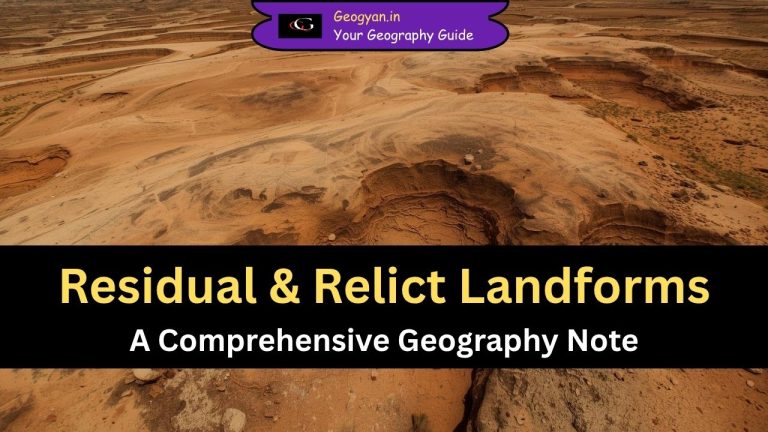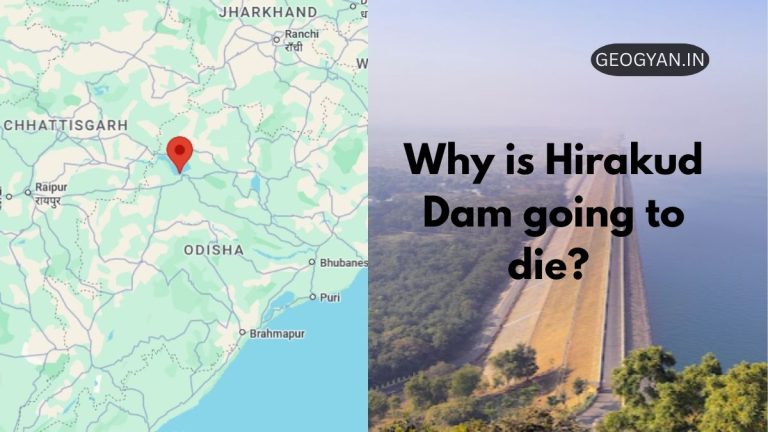Estimated reading time: 6 minutes
Table of contents
Location and Extent
India is completely located in the Northern as well as Eastern hemispheres or the North-Eastern part of the globe. It is located in the south-central part of the world’s largest continent Asia. India extends from the snowy peaks of the Himalayas in the north to the Indian Ocean in the south. Because of its geographical diversity and vast size, it has been given the name of the subcontinent.
India on World Map
Latitude
Mainland of India lies between the latitudes of 8 o4‘ N to 37°6′ N latitudes. The southernmost point of the Indian territory is sited on the Great Nicobar Island. It is also known as the Indira Point which lies at 6°45’ north latitude, while Kanyakumari, also known as Cape Comorin, is the southernmost point of the Indian mainland.
Thus, the latitudinal extent of India is about 30 degrees. Tropic of Cancer divides India into almost two equal parts and passes through eight states named Gujrat, Rajasthan, Madhya Pradesh, Chhattisgarh, Jharkhand, West Bengal, Tripura, and Mizoram from west to east.
Longitude
In the east-west direction India lies between the longitudes of 68°7′ E to 97°25′ E. Therefore, the longitudinal expansion of India is also approximately 30 degrees. The 82°30’ E longitude is booked as the Indian Standard Time Meridian, as it passes through the middle of India and crosses five states named as Uttar Pradesh, Madya Pradesh, Chhattisgarh, Odisha, and Andhra Pradesh.
Indian Standard Time Meridian on Map
The results of India’s large latitudinal Extent
- Half of India (to the south of the Tropic of Cancer (23% ° N)) is in the Torrid Zone while the other half (to the north of the Tropic of Cancer), lies in the Sub-tropical Zone or the Tropical Zone.
- This above situation is responsible for the variation found in the country’s landform, climate, soil types, and natural vegetation.
- The sun’s rays fall directly on the equator throughout the year, due to which day and night remain the same near the equator. That is why, there is a negligible difference of 45 minutes in day and night in southern India, which is near to the equator, whereas in the northern part of India which is away from the equator, the difference in day and night is about 5 hours. Due to the difference in the duration of insolation, the annual range of temperature remains low in the southern parts of India, which increases continuously towards the north.
Do you Know
The latitudinal extent (30 degrees) of India is about one-third of the angular distance between the Equator and the North pole (90/30=3). The longitudinal extent (30 degrees) of India is about one-twelfth of the Earth’s circumference (360/30=12). It is almost equal to the combined longitudinal extent of Spain, France, Belgium, Netherlands, Germany, and Poland.
The result of India’s large longitudinal Extent
The earth rotates from west to east, so the eastern part of the earth comes earlier in front of the Sun than the western parts. Arunachal Pradesh located to the east of Gujarat, so the sunrise earlier there. Due to the difference of 30 longitudes in Gujarat and Arunachal Pradesh, there is a difference of two hours in their local time.
The Earth crosses one longitude in front of the Sun in one minute (30 x 4 = 120 minutes). Therefore, when the sunrise has already taken place in Arunachal Pradesh, it is night in Gujarat, or the sun rises two hours earlier in the north-eastern states than in Dwarka. This confusion removed by declaring the local time of longitude 82° 30′ East as the standard time. So, clocks show the same time in Dibrugarh, Imphal, Lohit in the east, Kutch in the west, Bhopal in central India, and Chennai in the south.
FAQs
Q. 1 What is the latitudinal extent of India and how does it affect the country’s climate and natural resources?
Answer: The latitudinal extent of India is about 30 degrees, and it lies between the latitudes of 8°4′ N to 37°6′ N. This results in half of India being in the Torrid Zone, while the other half is in the Sub-tropical or Tropical Zone. This variation in location has a significant impact on India’s landforms, climate, soil types, and natural vegetation. Additionally, due to the difference in the duration of insolation, the annual range of temperature remains low in southern India and increases continuously towards the north.
Q. 2 Tropic of cancer passes through which states in India?
Answer: The Tropic of Cancer divides India into almost two equal parts and passes through eight states named Gujrat, Rajasthan, Madhya Pradesh, Chhattisgarh, Jharkhand, West Bengal, Tripura, and Mizoram from west to east.
Q. 3 What is the longitudinal extent of India, and how does it affect the country’s local time?
Answer: India lies between the longitudes of 68°7′ E to 97°25′ E, with a longitudinal expansion of approximately 30 degrees. The Indian Standard Time Meridian is booked at 82°30′ E longitude, as it passes through the middle of India and crosses five states named as Uttar Pradesh, Madhya Pradesh, Chhattisgarh, Odisha, and Andhra Pradesh. This has a significant impact on India’s local time, with a difference of two hours in sunrise time between Gujarat and Arunachal Pradesh.
Q. 4 How does India’s location impact its relationship with neighbouring countries?
Answer: India’s location in the south-central part of Asia has a significant impact on its relationship with neighboring countries. It shares land borders with several countries, including Pakistan, China, Nepal, Bhutan, Bangladesh, and Myanmar. Its proximity to these countries has a significant impact on trade, cultural exchange, and political relations.
Q.5 How does India’s location impact its potential for tourism?
Answer: India’s geographical diversity and vast size make it an attractive destination for tourism. It has several unique features, including the Himalayan Mountains, the Thar Desert, tropical forests, and the Indian Ocean coastline. Its location in south-central Asia also makes it a gateway to other neighboring countries, such as Nepal, Bhutan, and Sri Lanka, making it an ideal location for travelers looking to explore multiple destinations in one trip.
You May Also Like































